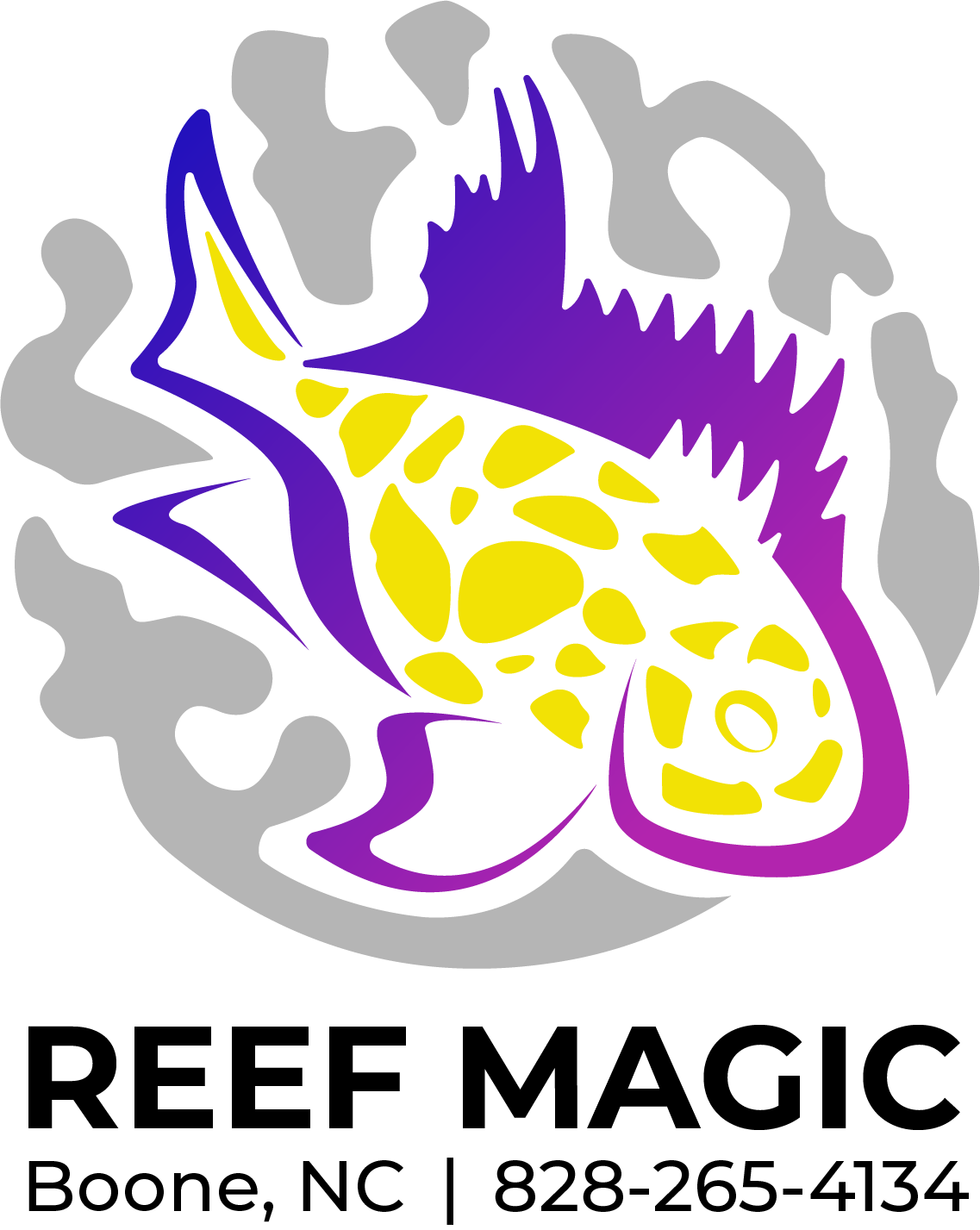 Image 1 of 1
Image 1 of 1


Hawkfish - Longnose
The Longnose Hawkfish (Oxycirrhites typus) is a fascinating and visually striking species of hawkfish found in the Indo-Pacific region. Here are the general requirements for keeping a Longnose Hawkfish in an aquarium:
Tank size: Longnose Hawkfish can be kept in a tank with a minimum capacity of 30 gallons (113 liters). However, a larger tank is recommended to provide ample swimming space and accommodate their natural behavior.
Water parameters: Maintain stable water conditions within the following parameters: temperature between 75-82°F (24-28°C), pH around 8.1-8.4, and specific gravity between 1.020 and 1.025. Regular monitoring of ammonia, nitrite, and nitrate levels is important, aiming for zero levels.
Tank setup: Provide a well-decorated tank with live rock formations, caves, and other structures to create hiding spots and perches. Longnose Hawkfish are perching fish that enjoy resting on elevated spots and observing their surroundings. Ensure good water flow and filtration to maintain water quality.
Lighting: Longnose Hawkfish do not have specific lighting requirements, so standard aquarium lighting is generally sufficient.
Diet: Longnose Hawkfish are carnivorous and primarily feed on small crustaceans and fish in the wild. Offer them a varied diet consisting of high-quality prepared foods such as frozen or live foods like brine shrimp, mysis shrimp, and small pieces of fish or shrimp. They may also accept small, meaty pellets or flakes. It's important to provide a diet that replicates their natural feeding habits and meets their nutritional needs.
Tankmates: Longnose Hawkfish are generally peaceful but can be territorial towards other hawkfish or similar-shaped fish. It's best to keep them singly or in mated pairs. Choose tankmates that are peaceful, non-aggressive, and have a similar temperament. Avoid keeping them with aggressive or nippy fish that may harass or harm them.
Acclimation: When introducing a Longnose Hawkfish to a new tank, proper acclimation is important. Gradually acclimate them to the water parameters of your tank over a period of time to minimize stress and ensure a smooth transition.
Remember to provide a stable and well-maintained environment for Longnose Hawkfish. Regular monitoring of water parameters, a proper diet, and appropriate tankmates are crucial for their health and well-being. Research the specific requirements of the species and consult with experienced aquarists or marine biologists for proper care guidelines.
The Longnose Hawkfish (Oxycirrhites typus) is a fascinating and visually striking species of hawkfish found in the Indo-Pacific region. Here are the general requirements for keeping a Longnose Hawkfish in an aquarium:
Tank size: Longnose Hawkfish can be kept in a tank with a minimum capacity of 30 gallons (113 liters). However, a larger tank is recommended to provide ample swimming space and accommodate their natural behavior.
Water parameters: Maintain stable water conditions within the following parameters: temperature between 75-82°F (24-28°C), pH around 8.1-8.4, and specific gravity between 1.020 and 1.025. Regular monitoring of ammonia, nitrite, and nitrate levels is important, aiming for zero levels.
Tank setup: Provide a well-decorated tank with live rock formations, caves, and other structures to create hiding spots and perches. Longnose Hawkfish are perching fish that enjoy resting on elevated spots and observing their surroundings. Ensure good water flow and filtration to maintain water quality.
Lighting: Longnose Hawkfish do not have specific lighting requirements, so standard aquarium lighting is generally sufficient.
Diet: Longnose Hawkfish are carnivorous and primarily feed on small crustaceans and fish in the wild. Offer them a varied diet consisting of high-quality prepared foods such as frozen or live foods like brine shrimp, mysis shrimp, and small pieces of fish or shrimp. They may also accept small, meaty pellets or flakes. It's important to provide a diet that replicates their natural feeding habits and meets their nutritional needs.
Tankmates: Longnose Hawkfish are generally peaceful but can be territorial towards other hawkfish or similar-shaped fish. It's best to keep them singly or in mated pairs. Choose tankmates that are peaceful, non-aggressive, and have a similar temperament. Avoid keeping them with aggressive or nippy fish that may harass or harm them.
Acclimation: When introducing a Longnose Hawkfish to a new tank, proper acclimation is important. Gradually acclimate them to the water parameters of your tank over a period of time to minimize stress and ensure a smooth transition.
Remember to provide a stable and well-maintained environment for Longnose Hawkfish. Regular monitoring of water parameters, a proper diet, and appropriate tankmates are crucial for their health and well-being. Research the specific requirements of the species and consult with experienced aquarists or marine biologists for proper care guidelines.

